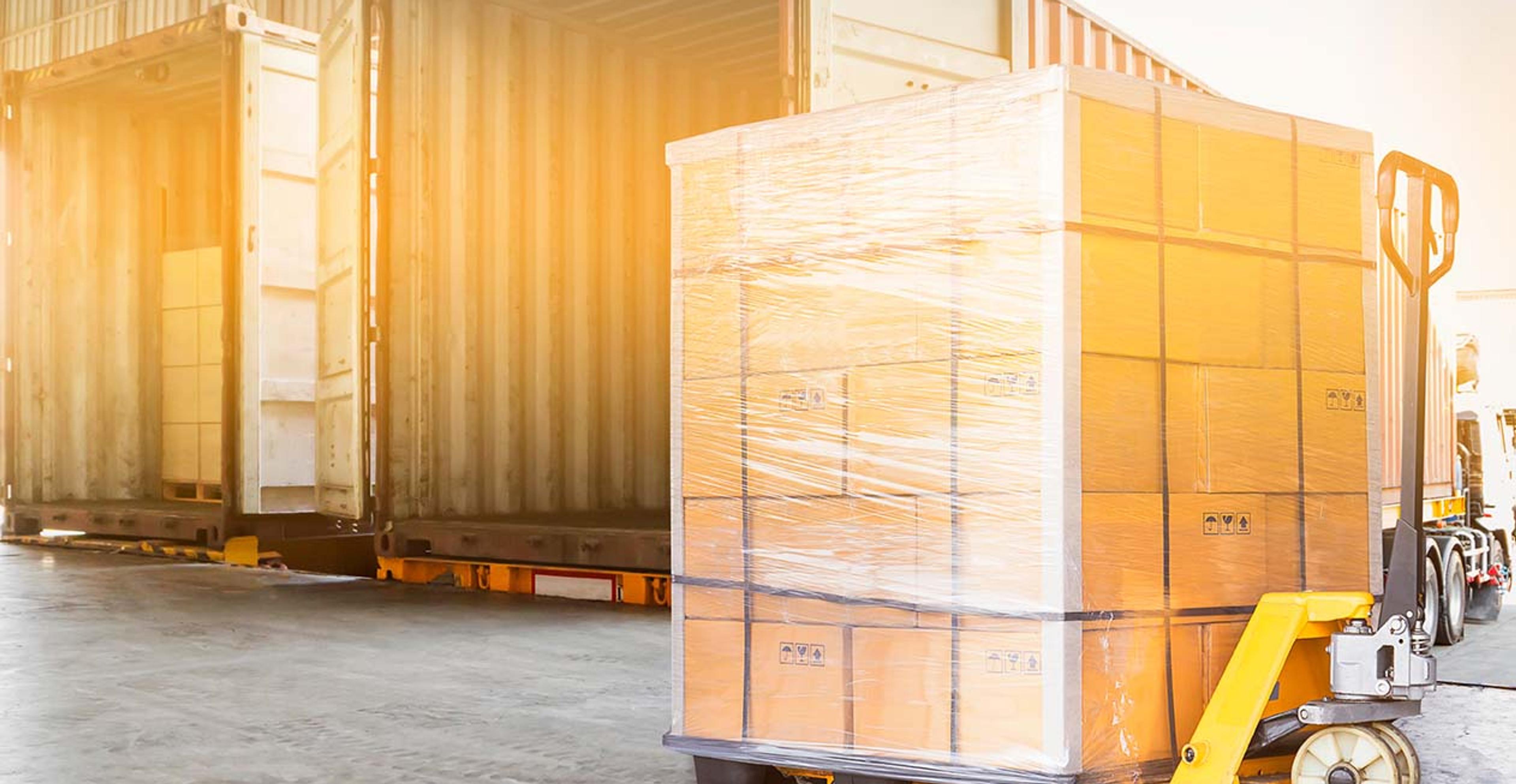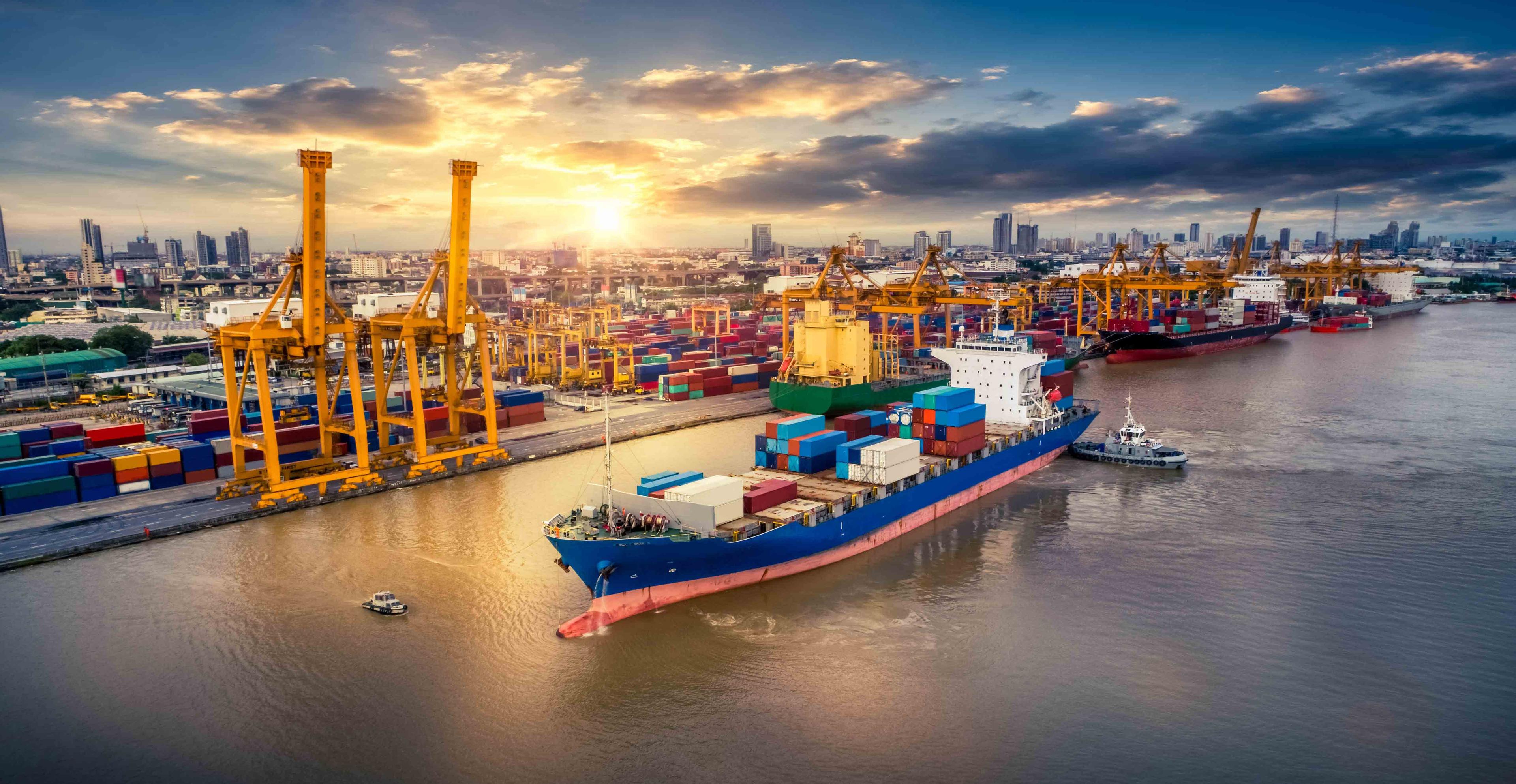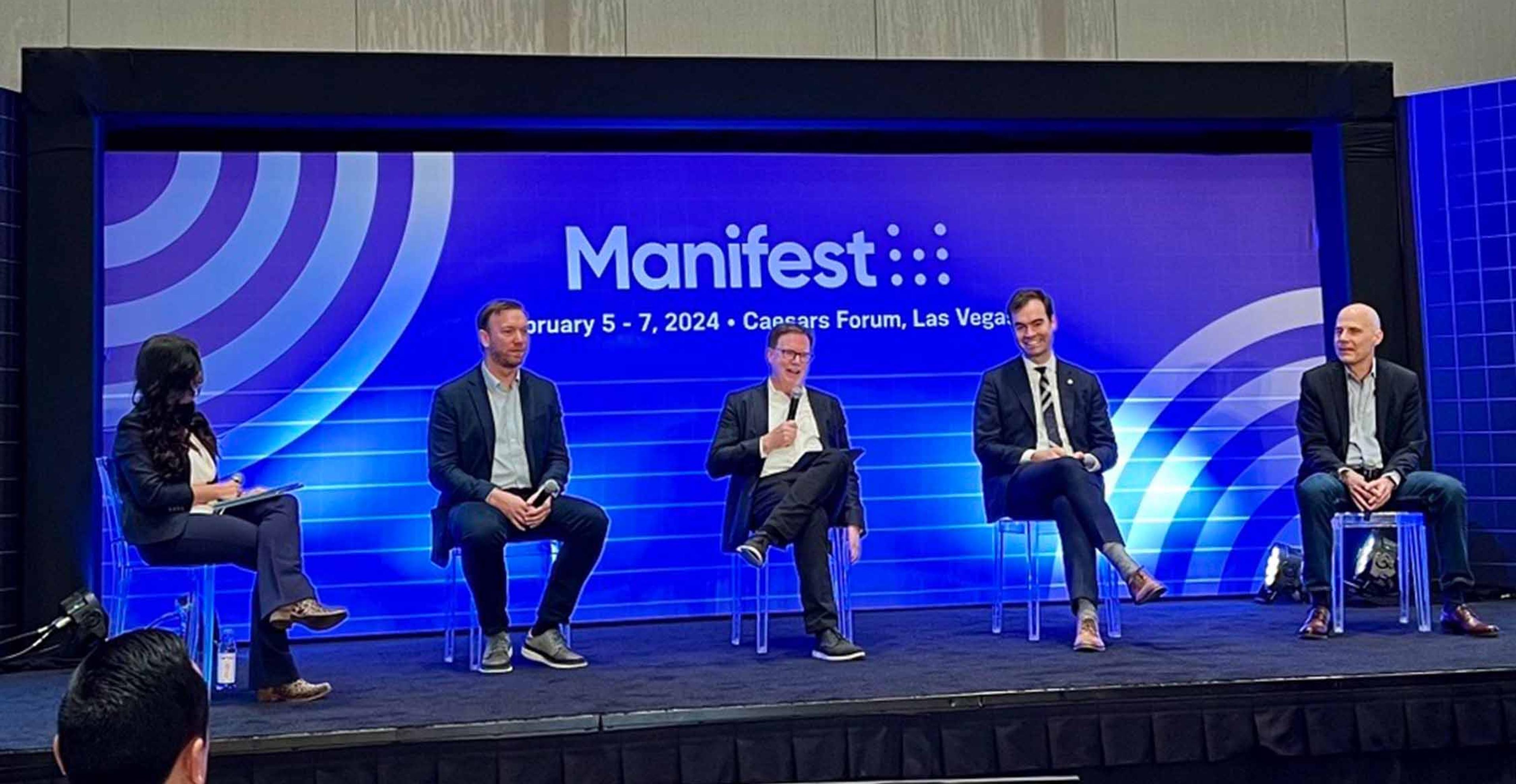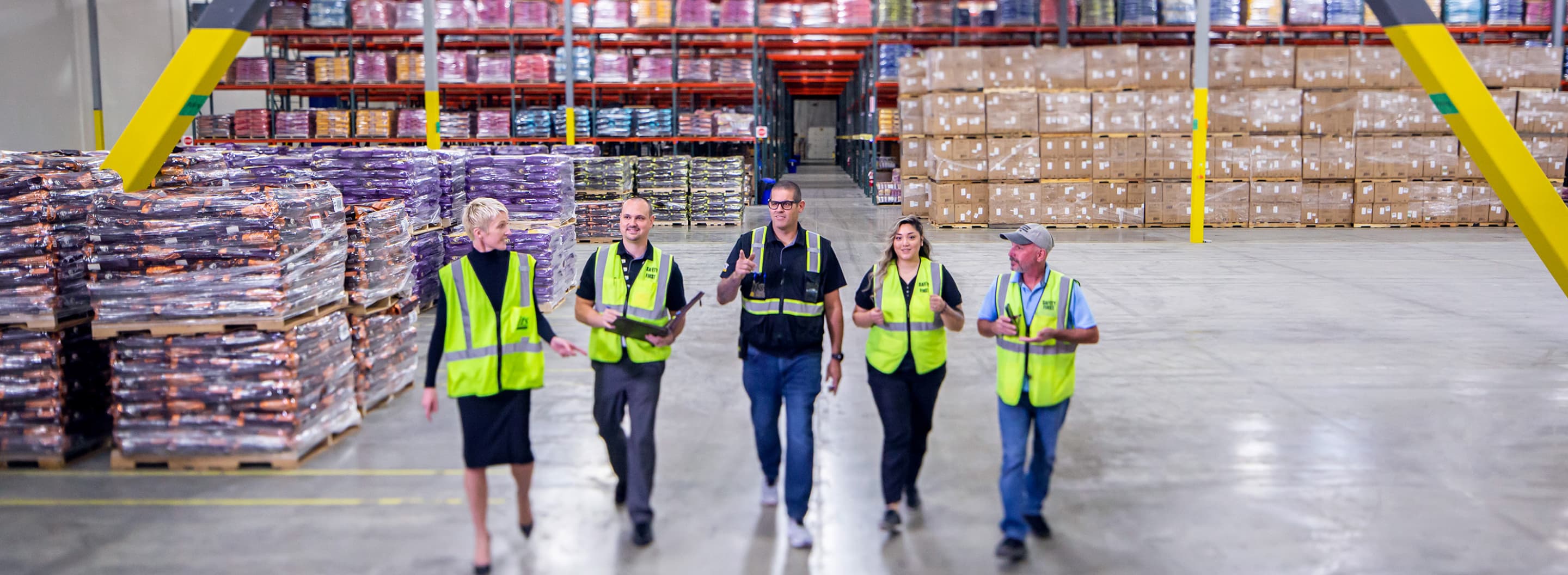From Crisis to Collaboration: Everything You Need to Know About FLOW
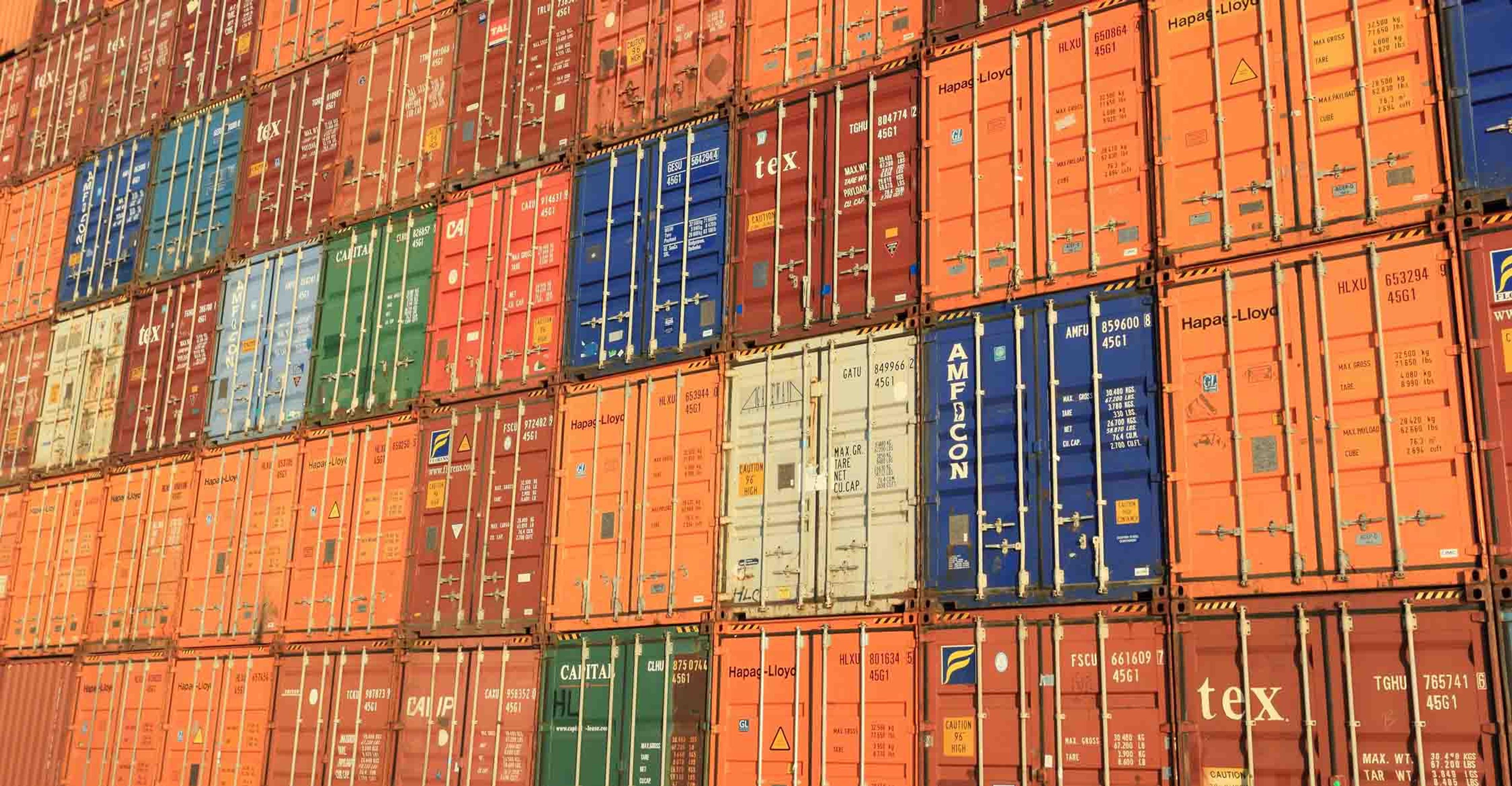
It’s impossible to talk about the Freight Logistics Optimization Works (FLOW) program without looking back on the supply chain disruption caused by the COVID-19 pandemic. Most people probably hadn’t thought much about the supply chain up until that point, and then store shelves began to empty out and ship times stretched into weeks, sometimes even months. It was a shocking contrast to a few months prior, when Walmart and Amazon competed for one-day shipping capabilities.
Although there were a number of factors that contributed to the COVID supply chain crisis, fragmented visibility played a key part. That’s because North America’s supply chain isn’t made up of a single governing body. It’s made up of a complex web of interdependent organizations, each playing a part in getting goods from point A to point B. And often times, these organizations are competing with one another for business.
Retrieving information from those organizations and putting together an overall supply chain picture is a bit like trying to piece together a very complicated jigsaw puzzle. For the federal government, that presented a serious obstacle as they tried to gain insight and repair vulnerabilities in the supply chain.
“When we were in that environment a couple of years ago and subsequent environments where there’s major disruption—whether it’s the attacks in the Red Sea, the Francis Key Bridge collapse, and so on—there’s this yearning for information. What’s happening? How do we understand it? And how do we prepare?” Said Andrew Petrisin, Deputy Assistant Secretary for Multimodal Freight at USDOT.
Answering those questions became the impetus for the FLOW program, a public-private partnership between the government and the supply chain industry to build a forward-looking, integrated view of supply chain conditions in the United States.
In the beginning, that meant rudimentary data sharing. FLOW would hold a call, and various parties—including ports, ocean carriers, and railroads—would take turns sharing slides and industry updates. It worked well for the time, and that participation would become the seed for a much larger vision.
“We really built off that experience,” said Petrisin. “We realized the industry could be convened together, share a set of information, and take a proactive approach to looking around corners—and not in a way where the federal government prescribed solutions.”
FLOW would grow to rely on voluntary industry participation, which led to one key challenge: How do you incentivize competing organizations to share data? For FLOW, it meant playing into the competitive aspect of supply chain and creating an attractive value proposition.
“What we’re offering, just on the pure data side, is a set of data you cannot purchase,” said Petrisin. “There is no way to get this information. You can’t buy it. It’s not available anywhere else. If you join, you get access to competitively useful information.”
That value promise turned out to be a great pitch. FLOW has successfully partnered with key industry leaders, from supply chain service providers to Fortune 500 shippers. These partnerships formed the basis of a shared, digital infrastructure. Data collection includes everything from purchase order information from importers to logistics supply, demand, and throughput data from participants (e.g., beneficial cargo owners, ocean carriers, ports, terminals, railways). The Bureau of Transportation Statistics anonymizes regional segments, and aggregates the data to provide a broad, daily view of the current conditions of the overall logistics network.
“FLOW creates a unique, neutral space where folks are able to get together and talk about issues, share data, and step up their level of collaboration,” said Petrisin.
In April of 2024, ITS Logistics became one of the companies to partner with FLOW. For ITS Logistics SVP Adam Angle, joining the FLOW program added to the company’s ability to provide end-to-end supply chain visibility for its drayage customers.
“It’s the steamship lines; it’s the chassis providers, etc.” Angle said. “The data from all of the individual contributors allow us to better prepare for disruptions, provide a higher level of supply consulting for our customers, and advise them based off a broader view of what’s going on in the industry. That’s where the benefit of FLOW comes in for us. When you pair that with the end-to-end supply chain visibility that we’re able to provide through our container management and visibility platform, ContainerAI, the end result is a really powerful and comprehensive solution.”
Similar to FLOW, ContainerAI also originated from disruption, specifically the historic port congestion that took place in 2021. Packed ports and a lack of visibility hampered efficient container retrieval, resulting in high demurrage fees for high-volume shippers.
ITS developed ContainerAI to provide their customers with a more complete supply chain picture and prioritize shipments that were at risk of accruing detention and demurrage charges. As a result, the company was able to save tens of millions of dollars in fees for its most impacted customers.
While ContainerAI provides customer-specific supply chain visibility, FLOW provides a broader industry view. Being a participant in FLOW becomes especially advantageous when it comes to responding to supply chain disruption.
Recently during the Red Sea crisis, participants were able to view FLOW data and determine port volume increases. That information proves critical when it comes to making strategic decisions for customers and avoiding port congestion.
Looking ahead, FLOW is continuing to build out participants and seeking to increase collaboration. Any organization involved in the shipping industry is eligible to participate—carriers, warehouses, terminal operators, ports, ocean carriers, etc. As of September 2024, FLOW has 82 members.
Partnering with A Reliable Logistics Provider for Drayage, Intermodal, and Container Management
Partnering with a reliable logistics provider for intermodal transportation and intermodal drayage is essential for ensuring seamless operations and optimal efficiency. More than just a FLOW partner, ITS Logistics operates as the 12th best Intermodal/Drayage Carrier in North America.
Our team of skilled professionals is dedicated to overcoming challenges and crafting innovative solutions tailored to your specific needs, all while maintaining a deep understanding of your business needs.
At ITS Logistics, we leverage advanced tools like ContainerAI, our proprietary container management and visibility platform, to provide real-time insights and tracking capabilities.
Additionally, our national reach, operating in 22 coastal ports and 30 rail ramps across North America, and scalable capacity enable us to adapt to your strategic needs and keep shipments moving smoothly, regardless of demand or disruptions.
How can we help you?
